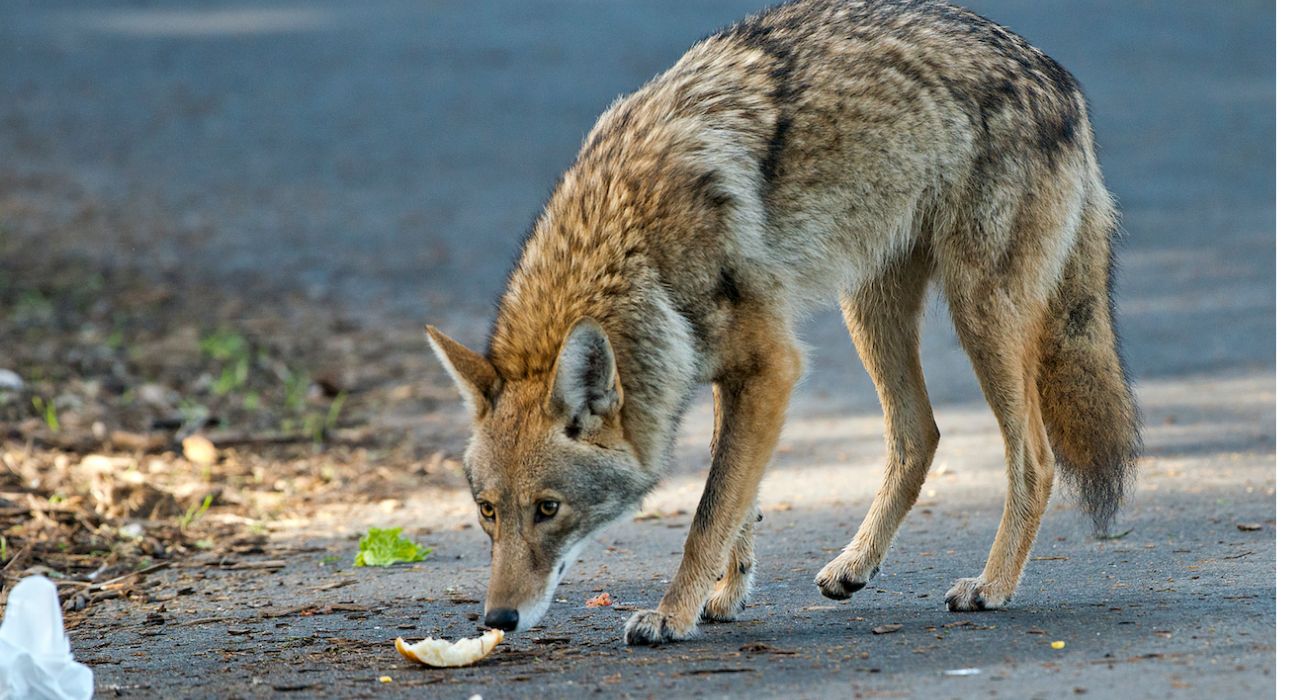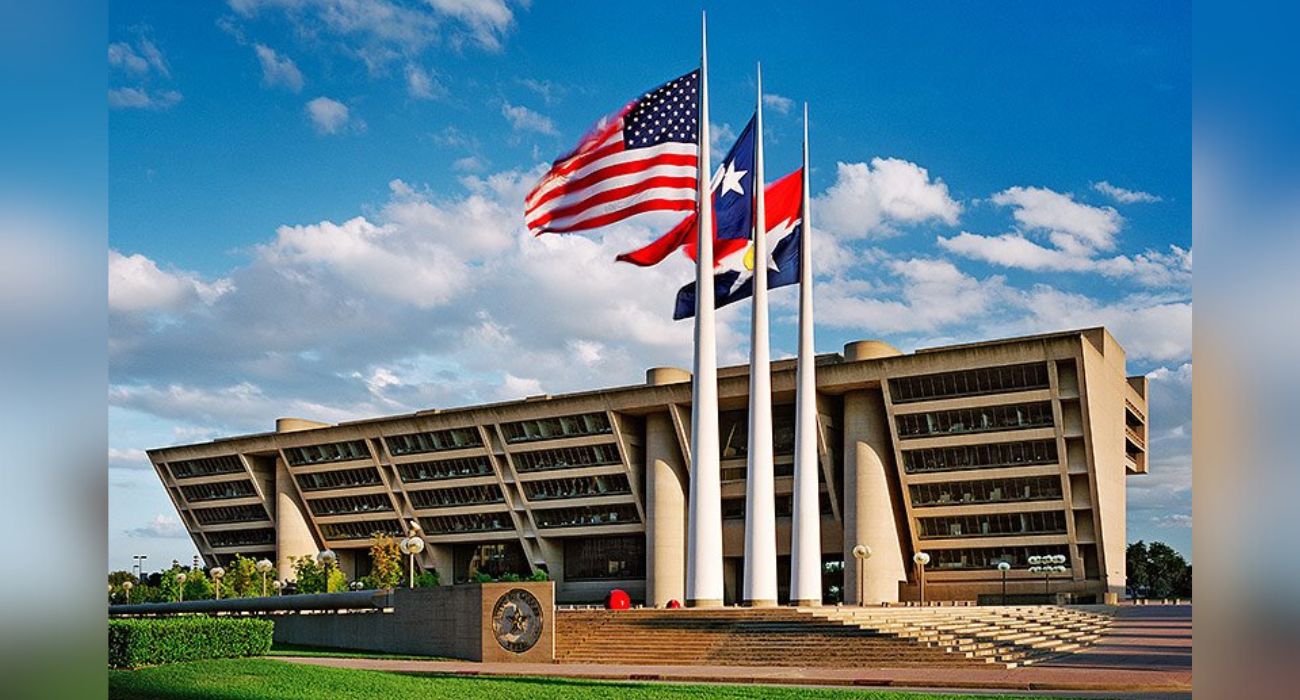The City of Dallas coyote mapping tool has helped City officials track and determine necessary action for over 330 coyotes since it was first implemented in January 2023.
The City developed the Coyote Management Plan after a 2-year-old child was attacked by a coyote near his Lake Highlands home last year, as The Dallas Express previously reported. The mapping tool is an extension of the management plan.
Jacqui Sutherland, a wildlife expert and Dallas Animal Services officer, helps determine courses of action for specific coyotes once they are reported.
“When everybody reports what they’re seeing, no matter how basic they think it is, it helps me evaluate the territories, the individuals that are in that territory,” said Sutherland, per NBC 5 DFW. “I’m able to determine the minute that something starts to go a direction that might lead to a problem. I’m able to intervene, whether it’s door-to-door education, social media education, coming out, investigating the area for natural food sources, unnatural shelter.”
One major reason why coyotes have begun to live in the Dallas area is the availability of food. Paul Ramon, the assistant director of Dallas Animal Services, said humans should not feed coyotes and that pet owners should be careful when they leave food out.
“They are part of wildlife. We should not be feeding them or providing opportunities by leaving pet food outdoors in plain view,” said Ramon, per Fox 4 KDFW. “If you feed your pet and they did not eat it all, make sure you bring it inside.”
Sutherland agrees that food is often the most significant driver for coyotes to make their way into the Dallas area.
“We’re still dealing with a lot of cat feeders and a lot of people feed,” she told NBC 5. “They just leave an abundance of food out overnight on a porch, maybe free access to food and water, you know, 24 hours a day. The coyotes, they figure that out very, very quickly.”
Some residents, like Tim Speck, have grown accustomed to seeing them in the area by his house, and he has even begun to recognize specific coyotes.
“He has good-sized ears,” Speck told NBC 5. “We’ve seen it three or four times a week. Today we saw it. So, I’m sure tomorrow or tomorrow afternoon, Friday afternoon, probably it’ll be around again.”
Moving forward, Sutherland said they plan on introducing a feeding ordinance to help educate the public and manage the coyote population.
“The biggest thing that’s coming next is the approval of the of the feeding ordinance that we’ve been working so hard on. It was stuck in council for a while. We did a lot of different presentations,” said Sutherland, per NBC 5. “We’re trying to educate about how it’s appropriate to feed and how it’s not appropriate to feed. I do think that’s going to make a big difference. And it’ll also encourage the feral cat colony caretakers.”
The Dallas Express reached out to Dallas Animal Services for additional information on the Coyote Management Plan’s first months in action but received no response by the publication deadline.






